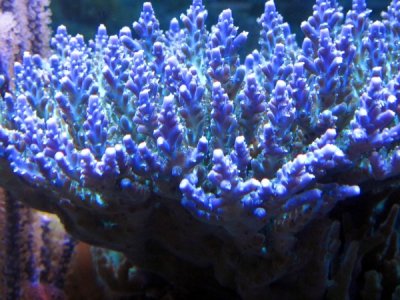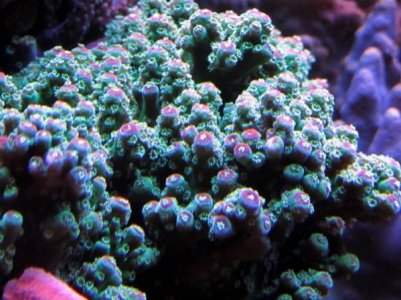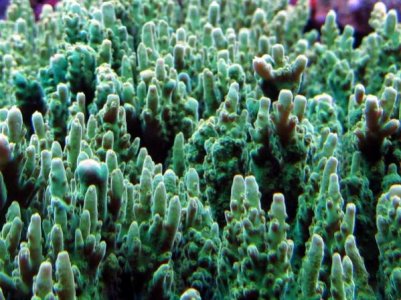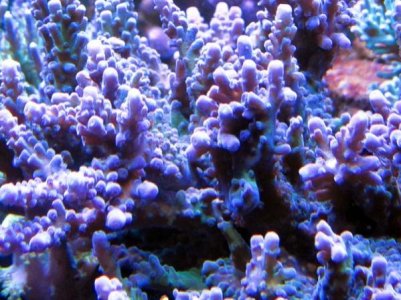Now, THAT'S what i'm talken about True. See those little critters in there

Except i do believe your grain size is wrong as well as the grain texture...at least by the picture. If you can obtain sand that is 1mm or less and with a smoother texture i think your results will be much better. The smaller grain size helps prevent larger food particles from being trapped. It is also much more user friendly to the worms and other life not to mention that it will help support a wider verity of "infauna" to live.
The reason why i have my DSB located remotely is because it prevents me from inadvertently messing with it. If a DSB is in the main DT, moving rocks can disturb it. if the grain size is to big, when you feed your DT the larger food particles will make it past the surface and become embedded within the DSB and rot. Since your NOT supposed to touch the DSB these food particles build up over time and your DSB then becomes a nutrient bank. That creates actually the opposite effect of what you want hence GHA etc.
Then you think, omg look at my tank ..all that nasty GHA and you go to Syphon your DSB and BOOM....nutrient explosion and ...maybe the system crashes.
You may be better off with just a 1" layer of substrate in your DT. Then it's main function would not be that of a DSB and the grain size would not matter...as much. Years ago Home Depot sold white play sand called South Down play sand. It's the ideal grain size and texture for a DSB. It's also just sand. You still have to rinse it though. However, i believe collection of this sand became an issue at the point of origin and since, i believe HD sold sand under a different name. If you do a little research and a trip to your local large box stores you may find this sand sold under a different name. If it's used as "playsand" for kids, it should be generally safe to use as a DSB after rinsing. Very small and consistent grain size with smoother surface is what you want.
The key is not to disturb it AT ALL, unless you set it up like i did. If you use Aragonite sand just remember that if you Ph dips below 7.8 that sand will desolve. That will create distress among the DSB inhabitants. Besides, if your Ph dips below 7.8 in the first place that could mean you have problems somewhere else. I hope this helps. If you DO find the sand i'm referring to sold still under a different name please tell everyone about it and what big box store has it. Good luck

.












